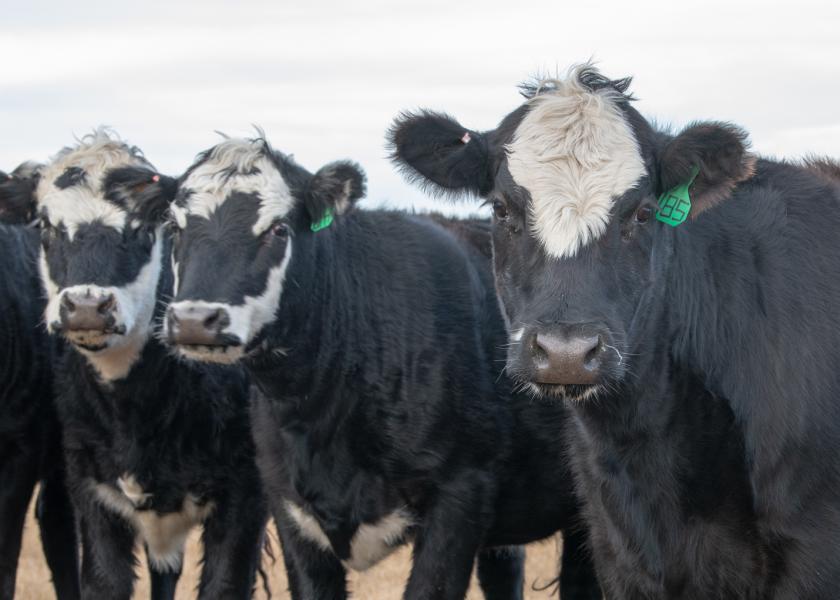Replacement Heifer Dynamics

Drought-accelerated herd liquidation the past two years has made the beef cow herd the smallest in 61 years. With continuing drought conditions, it is uncertain when, but it is certain that there will strong interest in rebuilding the herd whenever conditions permit. Leaving aside the question of more drought, what is possible in 2023 given current availability of replacement heifers?
The number of beef replacement heifers on January 1, 2023 was 5.16 million head, down 5.8 percent year over year. This follows a 5.5 percent year over year decrease in 2022. Beef replacement heifers represented 17.9 percent of the beef cow herd on January 1, the lowest proportion of beef replacement heifers since 2012. Beef replacement heifers average 18.4 percent of the beef cow herd, and during the last herd expansion, beef replacements reached a cyclical peak level of 21.0 percent of the beef cow herd. The reported inventory of beef replacement heifers consists of bred heifers and heifer calves in development for breeding.
For the past 23 years, USDA-NASS has provided a total number of the beef replacement heifers that will calve in the current year. These bred heifers typically make up about 61 percent of the total beef replacements. The number of bred heifers on January 1, 2023 was 3.17 million head, 61.4 percent of the total beef replacement heifers. The number of bred heifers on January 1 was down 5.1 percent year over year and was the lowest beef bred heifer total since 2011. This follows a 4.8 percent year over decrease in bred heifers in 2021.
Subtracting the number of beef bred heifers from the total beef replacement heifer inventory leaves the number of heifer calves in development to be bred this year. This calculated total of replacement heifer calves for 2023 was 1.995 million head, the lowest in the data series. This total was down 6.9 percent year over year and follows a 6.1 percent year over year decline in 2022. These beef replacement heifer calves are assumed to have been retained from last year’s calf crop and will become bred heifers next year.
The number of beef replacement heifer calves each year is not enough to account for the total inventory of bred heifers the following year. Over the past 20 years, the number of beef replacement heifer calves represents 63.8 percent of the bred heifers the following year. This means that extra heifers were bred during the year that were not reported as replacement heifers on January 1. These extra heifers are assumed to come out of the inventory of other heifers. For example, on January 1, 2023, the inventory of bred beef heifers was 3.17 million head, made up of replacement heifer calves from last year (2.14 million head) and another 1.03 million head of extra heifers bred out of the inventory of other heifers from last year. This calculated total 1.03 million head of extra heifers bred is the lowest total in the data back to 2001. The calculated number of extra heifers bred decreased 12.1 percent year over year in 2021 and decreased another 1.8 percent in 2022.
The decreased number of beef replacement heifer calves and extra beef heifers bred in 2021 and 2022 helps explain increased heifer slaughter the past two years. Heifers diverted from breeding to feeding contributed to the 4.0 percent year over year increase in 2021 and the 4.8 percent year over year increase in 2022 in heifer slaughter. All of which contributes to the limited number of replacement heifers available in 2023.
The numbers suggest that beef cow herd expansion is not possible in 2023. The available number of bred heifers, combined with a decrease in beef cow slaughter in excess of 20 percent lower year over year, might make it possible to hold the beef cow herd steady this year. A low level of additional herd liquidation is more likely. More likely in 2023 is increased retention of heifer calves and breeding of yearling heifers that will fuel herd expansion beginning in 2024. If that happens, both beef cow and heifer slaughter will decrease sharply in 2023.







